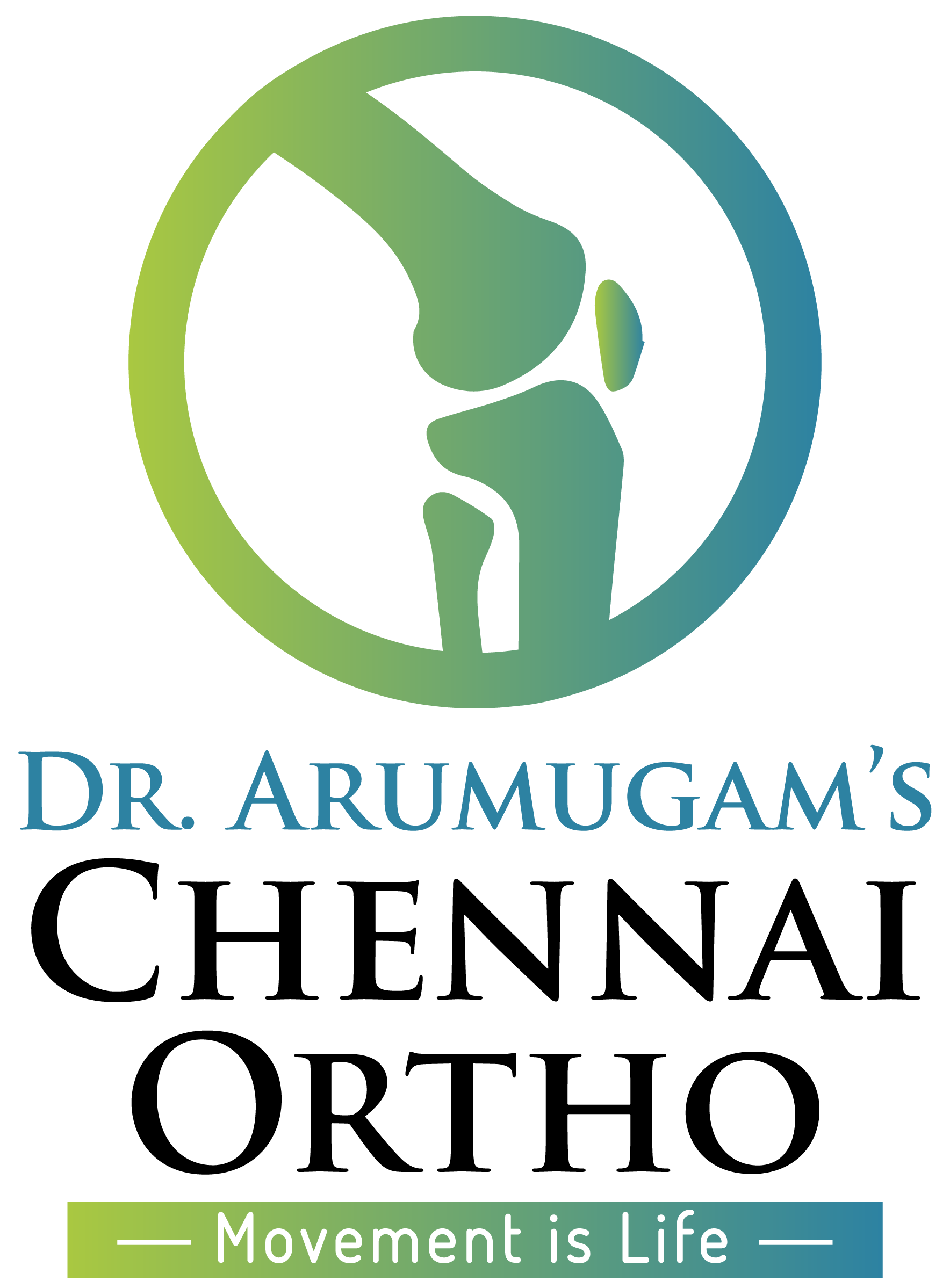
Origin
Using turmeric and curcumin for arthritis is a common practice. It’s consumed as a yellow-colored powder ground from the root of the turmeric plant. The turmeric plant grows in India and Indonesia and is related to the ginger family (it is a common ingredient in curries). Curcumin is a key chemical in turmeric.
Claims
Reduces pain, inflammation, and stiffness related to rheumatoid arthritis (RA) and osteoarthritis (OA); treats bursitis. Known as a cleansing agent, turmeric often is used as a digestive aid in India.
What we know
The idea of using Turmeric and Curcumin for arthritis came from Chinese and Indian Ayurvedic medicine. Turmeric/curcumin blocks inflammatory cytokines and enzymes, including cyclooxygenase-2 (COX-2), the target of celecoxib (Celebrex).
Studies
Several recent studies show that turmeric/curcumin has anti-inflammatory properties and modifies immune system responses. A 2006 study showed turmeric was more effective at preventing joint inflammation than reducing joint inflammation.
A 2010 clinical trial found that a turmeric supplement called Meriva (standardized to 75 percent curcumin combined with phosphatidylcholine) provided long-term improvement in pain and function in 100 patients with knee OA.
In a small 2012 pilot study, a curcumin product called BCM-95 reduced joint pain and swelling in patients with active RA better than diclofenac, an nonsteroidal anti-inflammatory drug (NSAID).
Dosage: Capsules, extract (more likely to be free of contaminants) or spice. For OA: Capsule, typically 400 mg to 600 mg, three times per day; or 0.5 g to 1 g of powdered root up to 3 g per day. For RA: 500 mg twice daily.
Turmeric isn’t the only super-food that helps with arthritis. Ginger and Garlic are two other indian foods that are beneficial in fighting arthritis.

